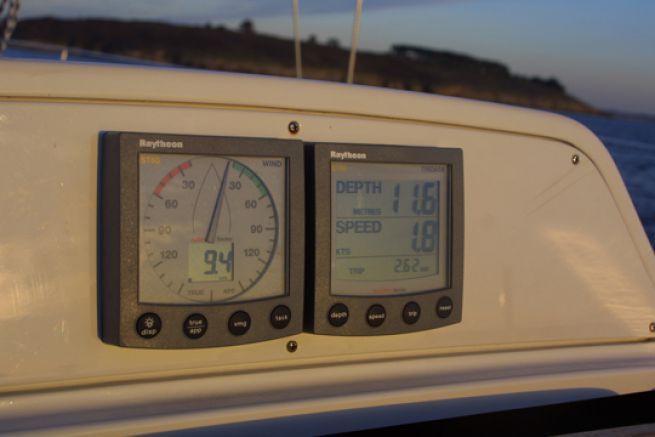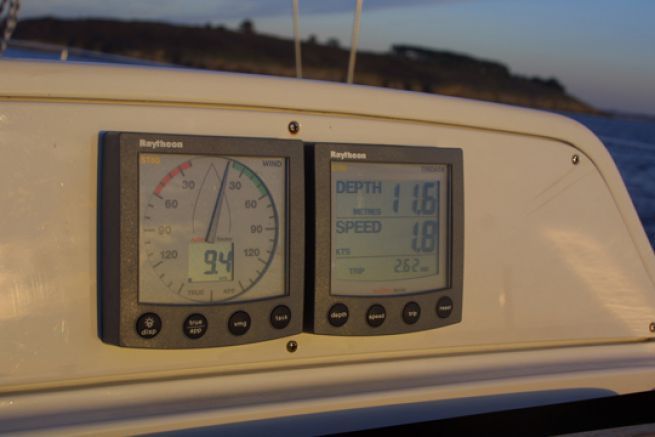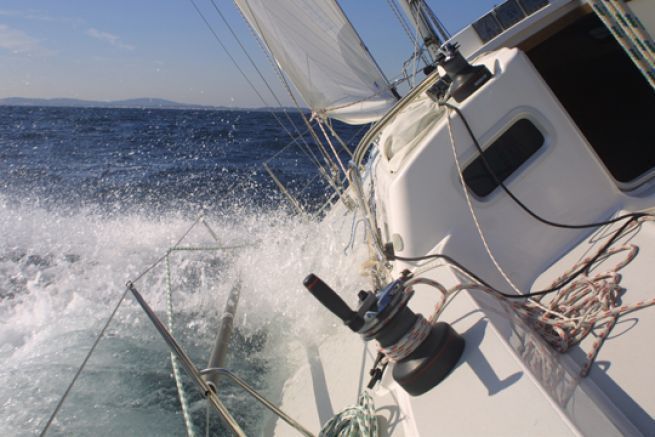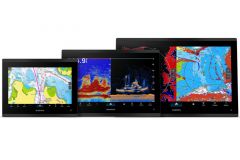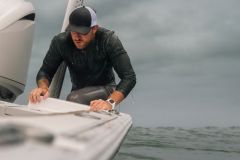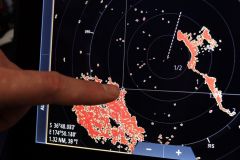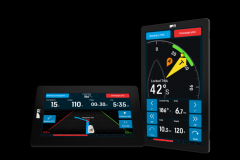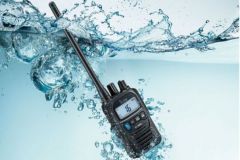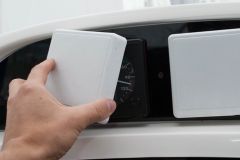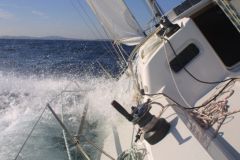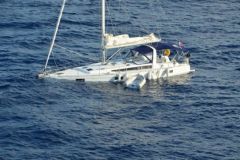A sailboat making progress must take into account the combination of 2 winds:
- real wind, also known as true wind
- the wind created by the boat's speed

The combination of these 2 winds gives the apparent wind. On a sailboat, the anemometer measures wind speed and direction. It indicates the apparent wind.
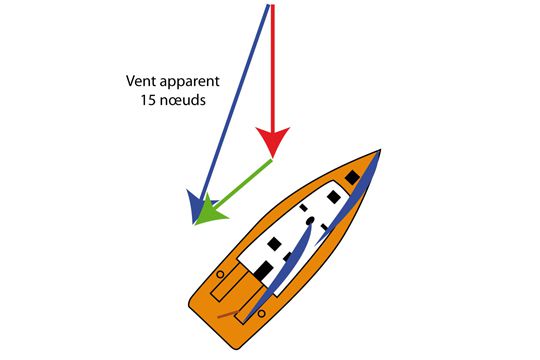
Incorrect instrument calibration distorts the indication of actual wind strength and direction.
Example n°1
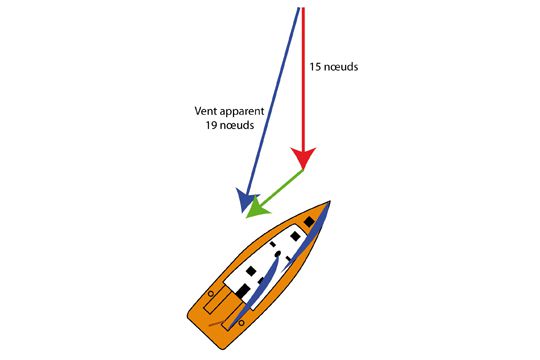
If the apparent wind information is wrong (19 N instead of 15 N), the true wind will be wrong (15 N instead of 10 N)
Example #2

If the boat's speed information is wrong (10 N instead of 6 N), the true wind decreases (from 10 N to 7 N) and its course changes.
Conclusions
It therefore appears that speedometer calibration must be very precise. However, this device, which operates with a fin that rotates under the hull, is not very accurate. Rotation depends on the angle of heel and the speed range. For example, a speedo may be accurate at 4 knots, but have a 20% deviation at 8 knots.

The same applies to the anemometer, which is located at the masthead and is subject to the accelerations of the yacht's movements.
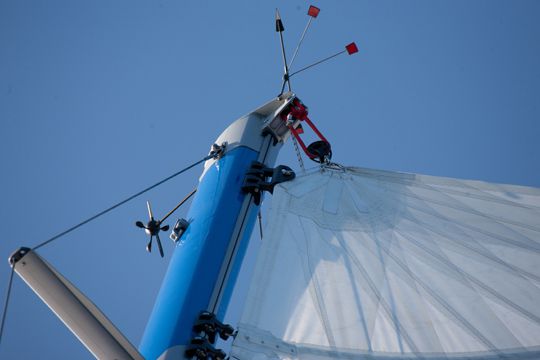
Getting the right information remains a major problem for racing teams. Electronics suppliers are well aware of the importance of this issue.

 /
/ 